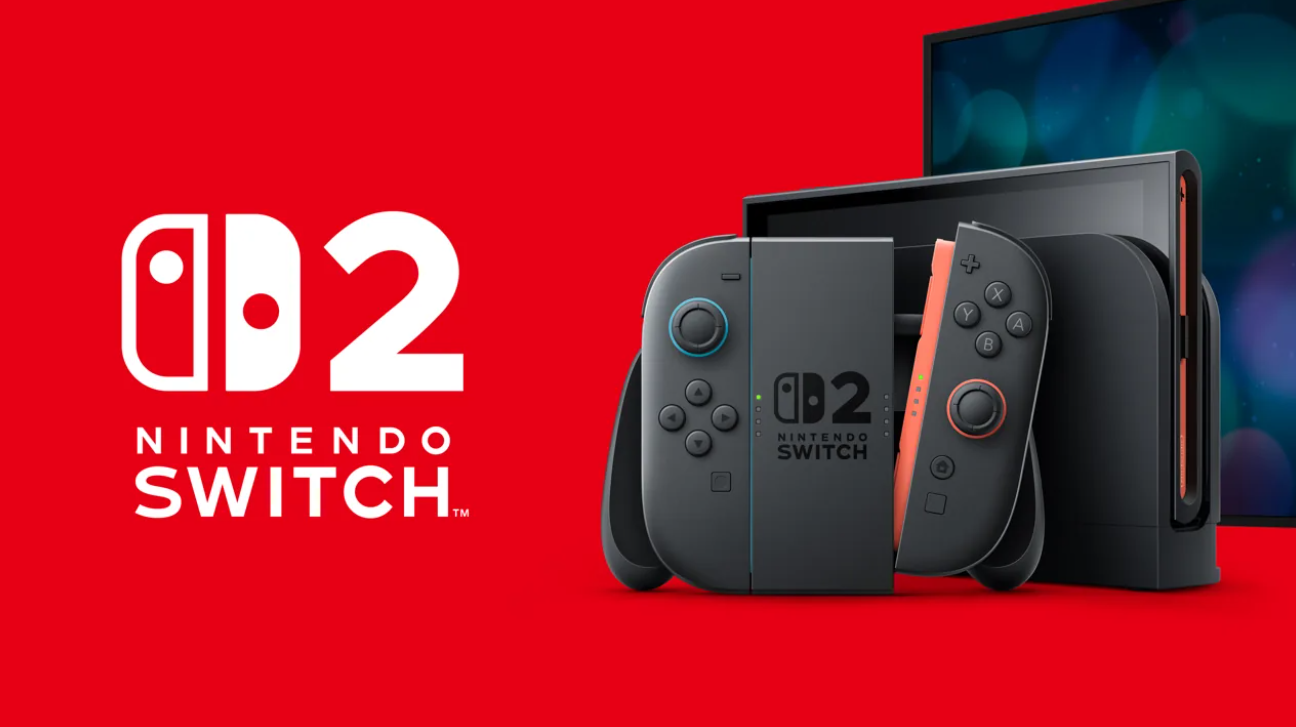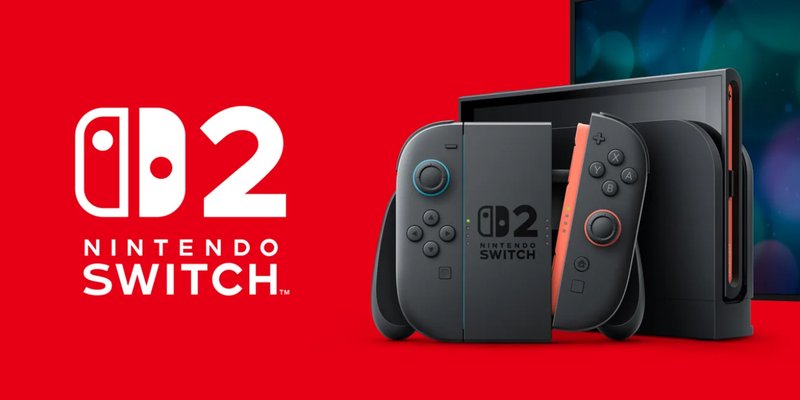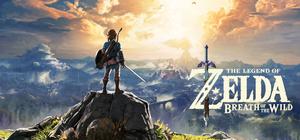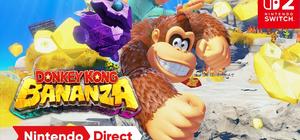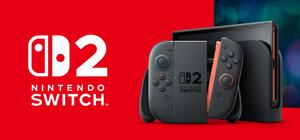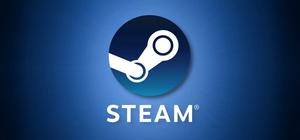The wait is over. After years of rumors, leaks, and predictions that felt more like ancient prophecy, the Nintendo Switch 2 is finally in our hands. It dropped globally on June 5, 2025, and for the past month, we’ve been able to see if Nintendo’s new machine lives up to the hype. So, did they stick the landing, or is it a pricey paperweight? Let's break down the launch, the games, and the big-brain strategy behind it all.
The Launch: Go Big or Go Home
First, let's talk numbers, because they’re kind of wild. Nintendo launched the Switch 2 with a $449.99 price tag. That’s a bold move, stepping up from the original Switch's launch price and putting it firmly in "serious console" territory. Many worried this premium price might scare people off. Well, it didn't. The console flew off the shelves, selling over 3.5 million units worldwide in just four days. That makes it the fastest-selling Nintendo system ever. It seems the massive success of the original Switch created a tidal wave of loyal fans ready to upgrade, no questions asked.
A huge chunk of these early sales-around 80%-came from the "Mario Kart World" bundle. This tells you everything you need to know about Nintendo's strategy. They know their killer apps. While competitors focus on teraflops and ray tracing, Nintendo just has to dangle a new Mario Kart, and millions of wallets fly open. It’s a masterclass in knowing your audience.
The Games: What Are We Actually Playing?
A console is only as good as its games, and this is where Nintendo’s strategy gets interesting. For months, the rumor mill churned out predictions of a brand-new 3D Mario or Metroid Prime 4 leading the charge. While those are still likely on the horizon, the launch lineup was a calculated mix of old and new, designed to show off the console's power without leaving fans with nothing to play.
The biggest third-party win at launch was undoubtedly Final Fantasy VII Remake Intergrade. Seeing this game run smoothly on a handheld is the kind of technical wizardry that makes the Switch 2 feel truly "next-gen." It’s a statement piece, telling developers and players that this machine can handle the big, graphically intense games that the original Switch struggled with. Add in other titles like Tony Hawk's Pro Skater 3 + 4 and the upcoming Metal Gear Delta: Snake Eater, and it’s clear Nintendo is serious about beefing up its third-party library.
Of course, Nintendo brought its own heavy-hitters. The aforementioned Mario Kart bundle was the main event, but the promise of titles like Pokemon Legends: Z-A and a potential Xenoblade Chronicles X port keeps the hype train rolling. The strategy is clear: use upgraded ports to pad the library and provide a steady drumbeat of first-party blockbusters to keep momentum going.
Nintendo's Market Play: The "Un-Console" Console
Nintendo isn’t trying to compete with PlayStation or Xbox on raw power. They tried that with the GameCube, and it didn't exactly work out. Instead, they're doubling down on what made the first Switch a phenomenon: its hybrid identity. The ability to seamlessly switch from a big-screen TV experience to a powerful handheld is still the core selling point. It’s not a home console or a portable; it’s just a gaming console, period. It fits your life, not the other way around.
By launching in mid-2025, Nintendo also cleverly positioned the Switch 2 in a gap between its competitors' major hardware cycles. This gives them room to breathe and capture a massive slice of the market. Analysts are already predicting the Switch 2 could represent nearly half of all console hardware sales by 2027. Nintendo isn't just playing the game; they're creating their own league.
The Verdict After Month One
So, a month in, what’s the verdict? The Nintendo Switch 2's launch has been a resounding success. The sales are massive, the core concept is as strong as ever, and the launch lineup is a smart, strategic blend of beloved franchises and impressive third-party ports. Nintendo took a gamble with the premium price, but it paid off, signaling confidence in their product.
The road ahead is all about maintaining momentum. Nintendo needs to keep the major first-party games coming and continue to nurture its growing third-party relationships. If they can manage the supply chain and avoid the hardware shortages that plagued other console launches, the Switch 2 isn't just set to repeat the success of its predecessor-it’s on track to blow it out of the water.
Gallery
